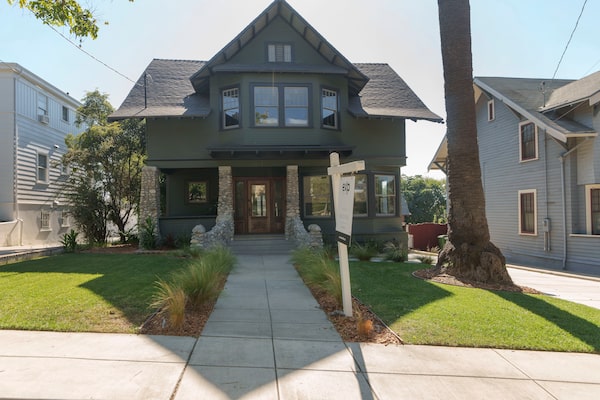
As unemployment ticks higher and the economy slows further, there’s probably a better-than-even possibility that the Bank of Canada’s first-cut may be pulled closer.Damian Dovarganes/The Associated Press
Fixed rates on the downslide: The economy’s slide turns tide in borrowers’ favour
There’s more good news for borrowers this week with average fixed rates falling again. The catalyst has been recent employment and inflation reports, which have markets thinking that rates have peaked.
Data from CanDeal Data & Analytics show the bond market fully pricing in the first Bank of Canada rate cut by next July. But as unemployment ticks higher and the economy slows further, there’s probably a better-than-even possibility that the Bank of Canada’s first-cut may be pulled closer.
For now, North American economies are deteriorating so, barring unexpected inflationary surprises, there’s also a fair chance we’ll soon see more fixed rates start with a 4 instead of a 5 or 6.
Rates were sourced from the MortgageLogic.news Canadian Mortgage Rate Survey on Nov. 16, 2023. We include only providers who advertise rates online and lend in at least nine provinces. Insured rates apply to those buying with less than a 20 per cent down payment or switching a pre-existing insured mortgage to a new lender. Uninsured rates apply to refinances and purchases over $1-million and may include applicable lender rate premiums. For providers whose rates vary by province, their highest rate is shown.
Robert McLister is an interest rate analyst, mortgage strategist and editor of MortgageLogic.news. You can follow him on Twitter at @RobMcLister.

Rents across Canada jumped nearly 10 per cent over the past year. In Vancouver a two-bedroom apartment now goes for an average monthly rent of:
- $2,915
- $3,220
- $3,613
- $3,777